









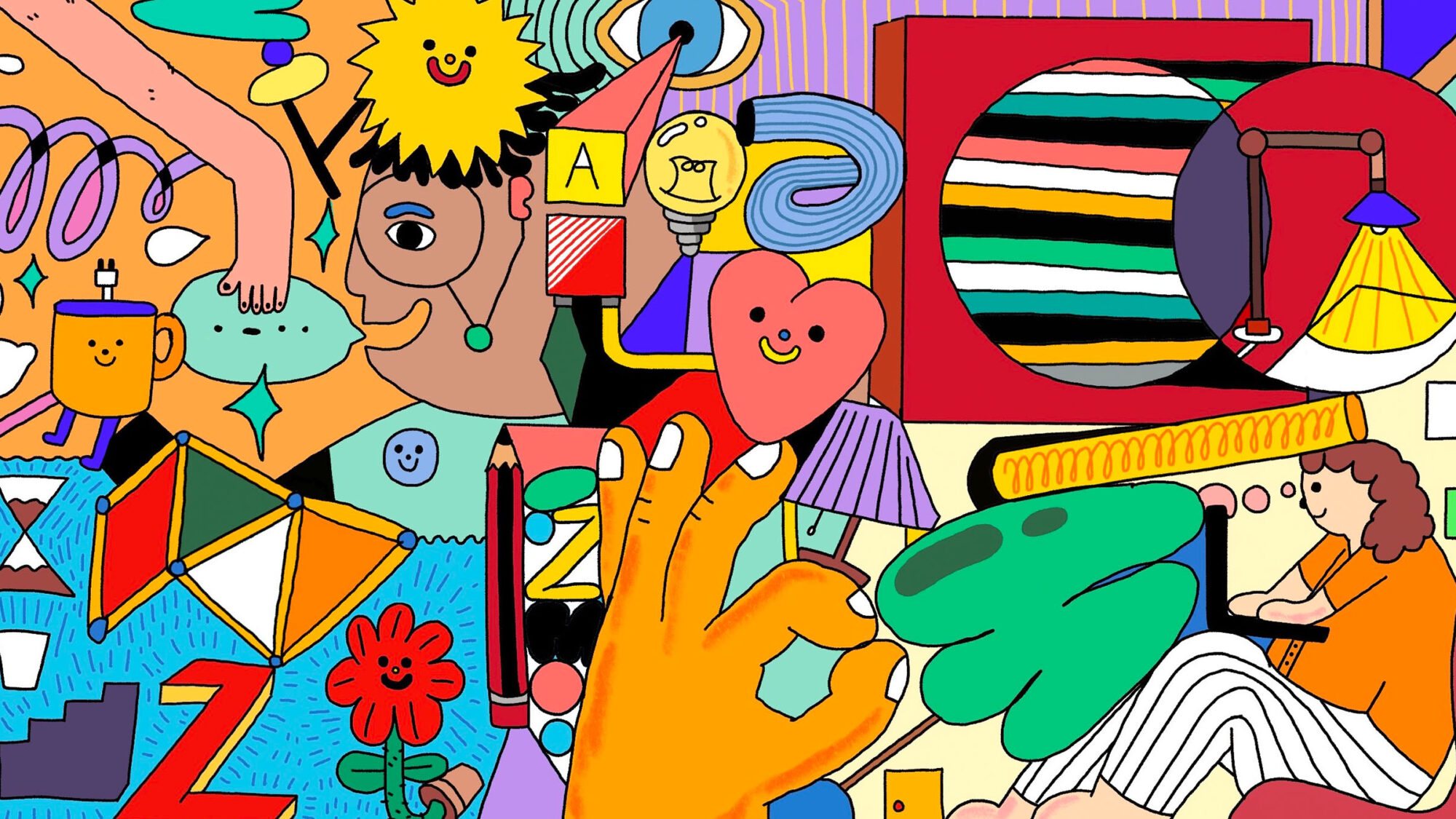 Illustration by Celine Ka Wing Lau @celinelkw
Illustration by Celine Ka Wing Lau @celinelkw
How can you create a workplace that adapts to the changing needs of your organisation and its people?
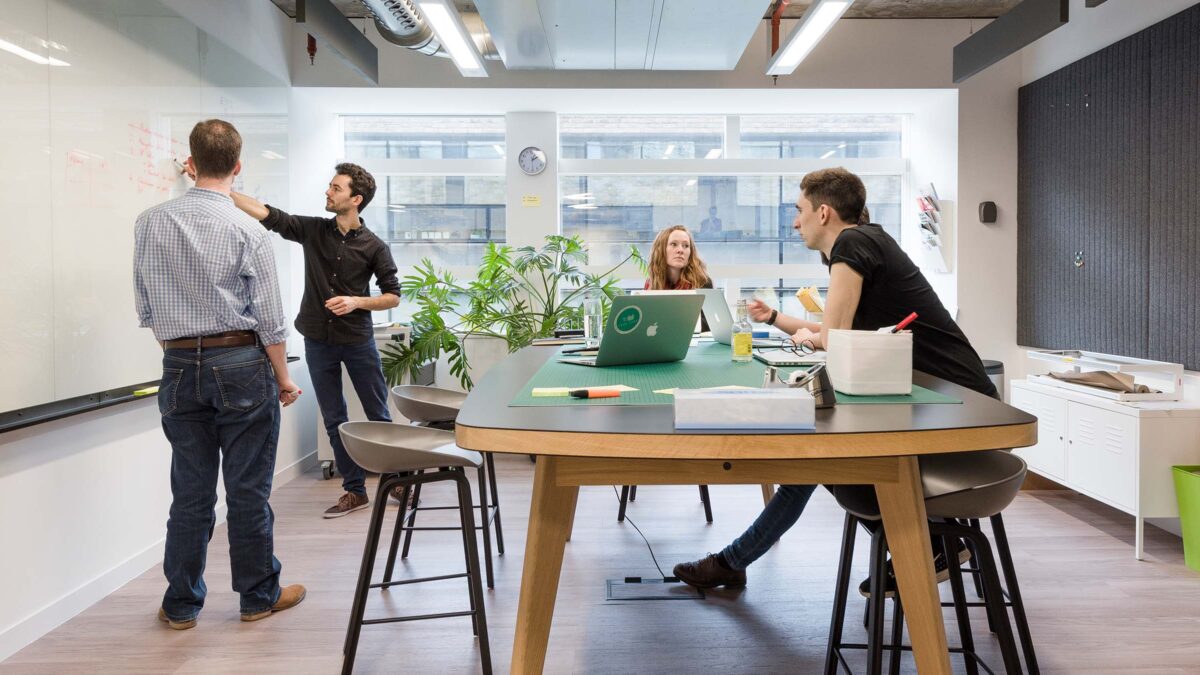
People are the heart and soul of every organisation. Recognising the pressing need to attract and retain a skilled workforce, senior leadership is taking an increasing interest in the value that transforming the workplace brings to its business and culture. However, given a unique mix of hiring needs, individual personalities, and corporate brand identity, there is no one-size-fits-all to workplace transformation.
Following decades of expertise, we have developed a unique framework that prioritises people and culture to bridge a widespread disconnect between business objectives and workplace requirements. This framework carefully analyses individual and collective behaviours needed an across an organisation to build the most adaptive and productive work environment based on four overarching principles.
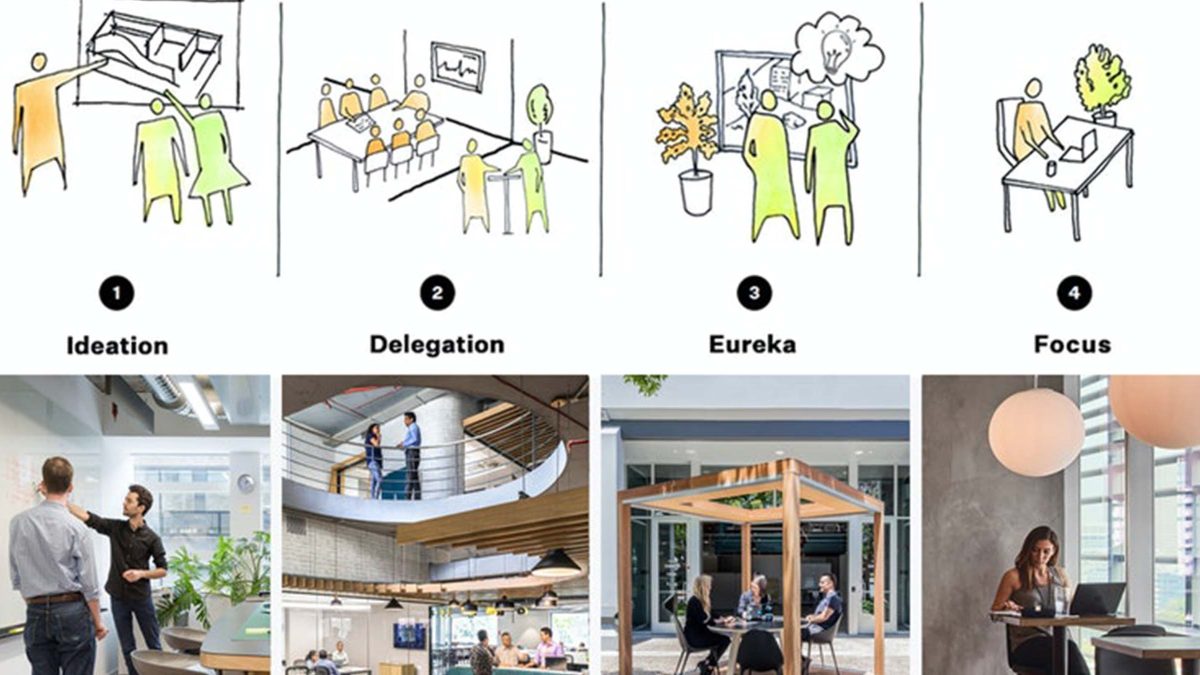
Embracing the power that highly-collaborative work settings can have on catalysing breakthrough ideas, the ideation stage facilitates insightful conversations and incentivises people to learn from one another for the greater benefit of the organisation. Shaping such environments encourages imagination and creative thinking to brainstorm, share, and collaborate together.
By transforming the conventional newsroom into a digitally-enhanced workplace activated by movement and collaboration, employees at the new South China Morning Post office in Hong Kong are able to communicate more fluidly in order to co-create and share the most important news with the rest of the world, with easy access to information that allows them to do their best work.
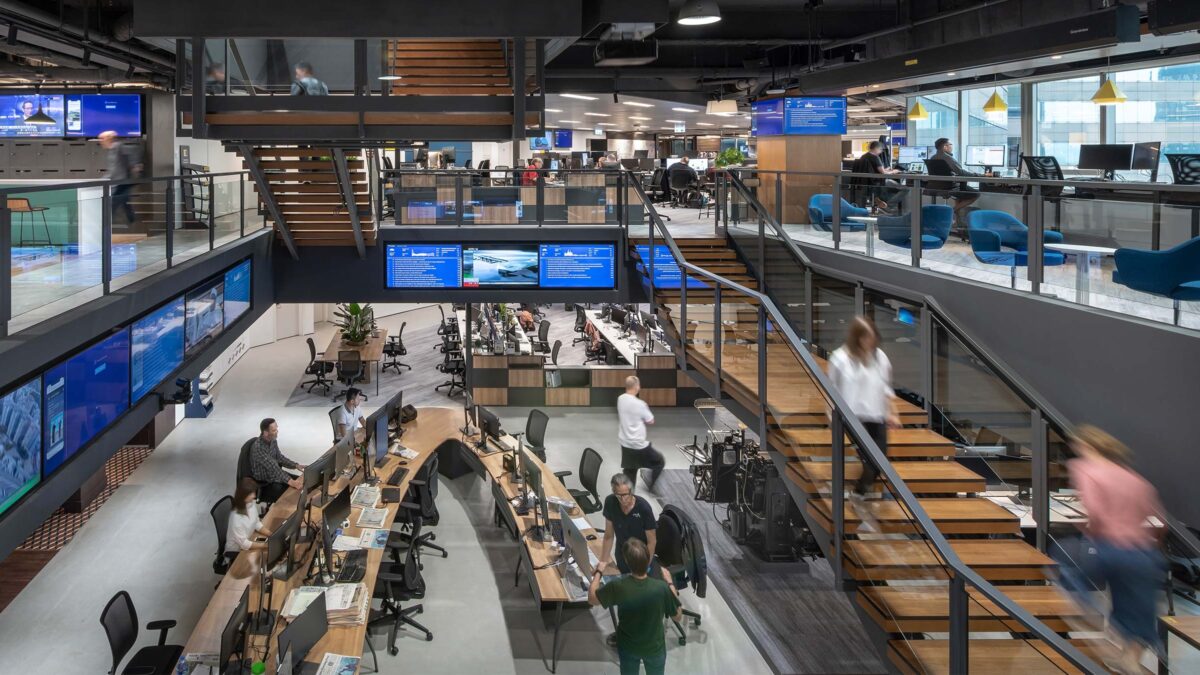

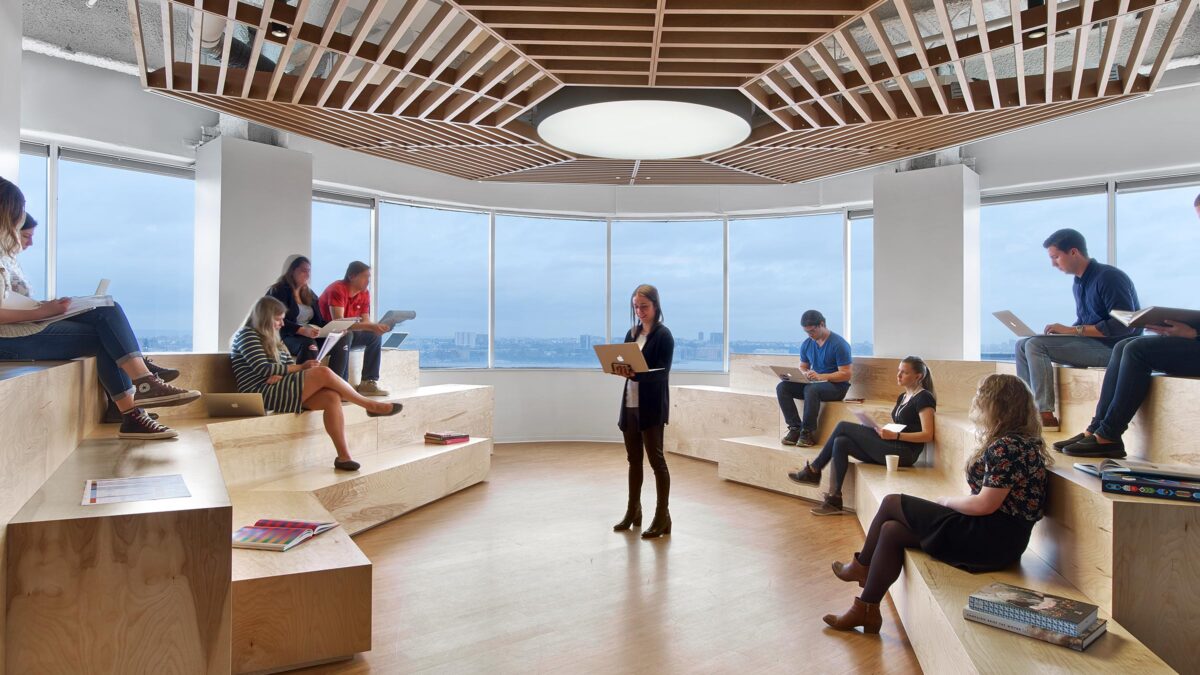
Although many workplaces require an environment that provides for team-wide brainstorming sessions, they must also enable a variety of conversations to take place based on the needs of their individuals. The delegation stage offers different types of work settings such as meeting rooms, quiet corners, and standing desks in more open, collaborative areas to enable private conversations within a comfortable environment.
Our work with Titan in Bengaluru creates elevated experiences for its staff by providing a wide network of collaborative work settings to support a sea of individual needs across the organisation.
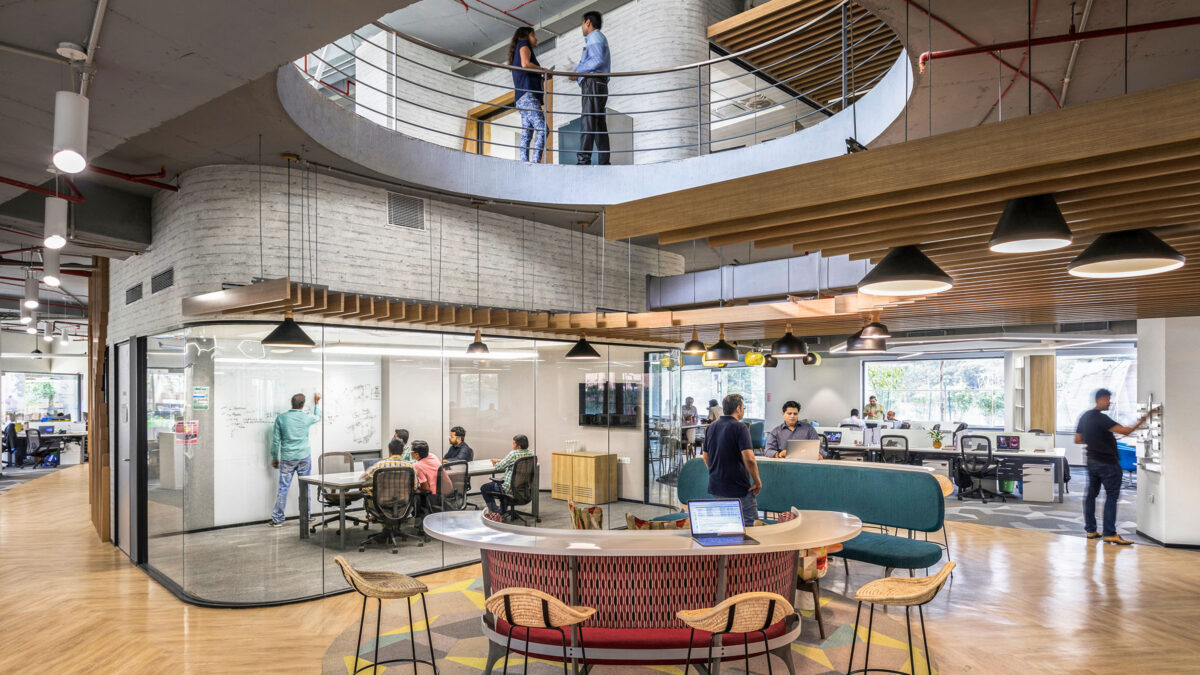
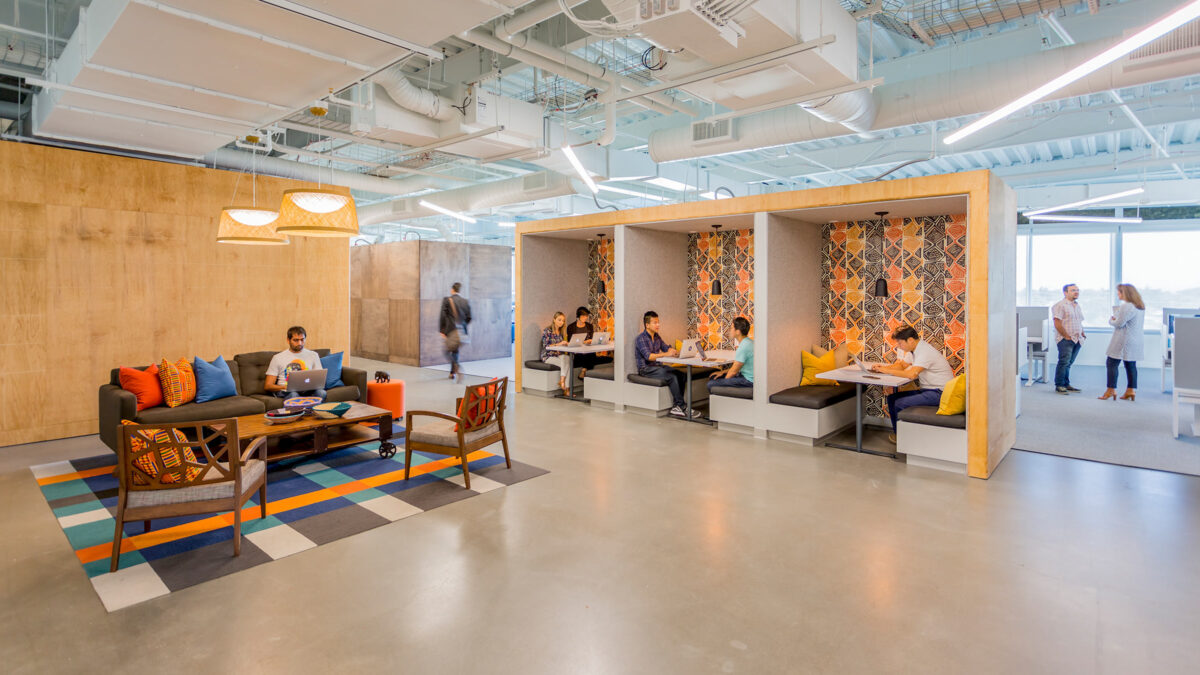
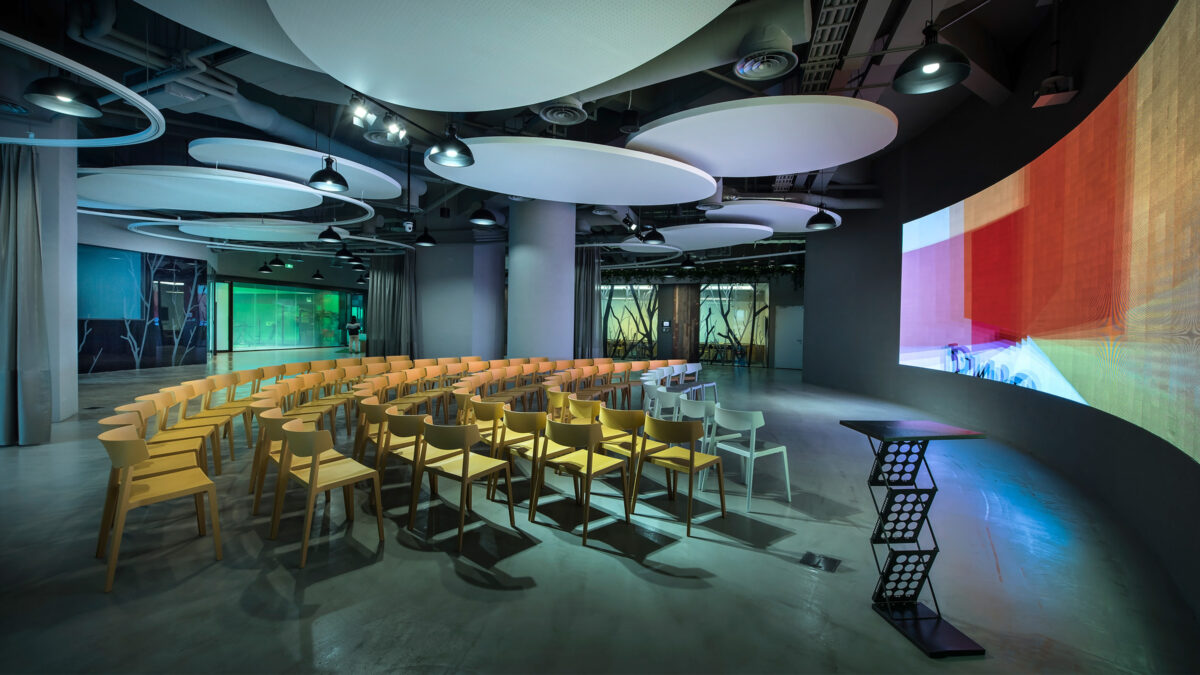
Having a place for people to unwind and rejuvenate is crucial as it allows the incubation of new, innovative ideas to flow organically; a concept we refer to as the Eureka stage. Understanding the different types of personalities within an organisation is key to creating unique spaces that can inspire them and facilitate these “Eureka” moments.
While some people may feel connected and inspired when surrounded by nature, others are influenced by more communal settings bustling with activity. The new LinkedIn Workplace Design Laboratory in Silicon Valley provides ample opportunities for people to move around and decompress, encouraging a more natural flow of ideas to come from a variety of sources.
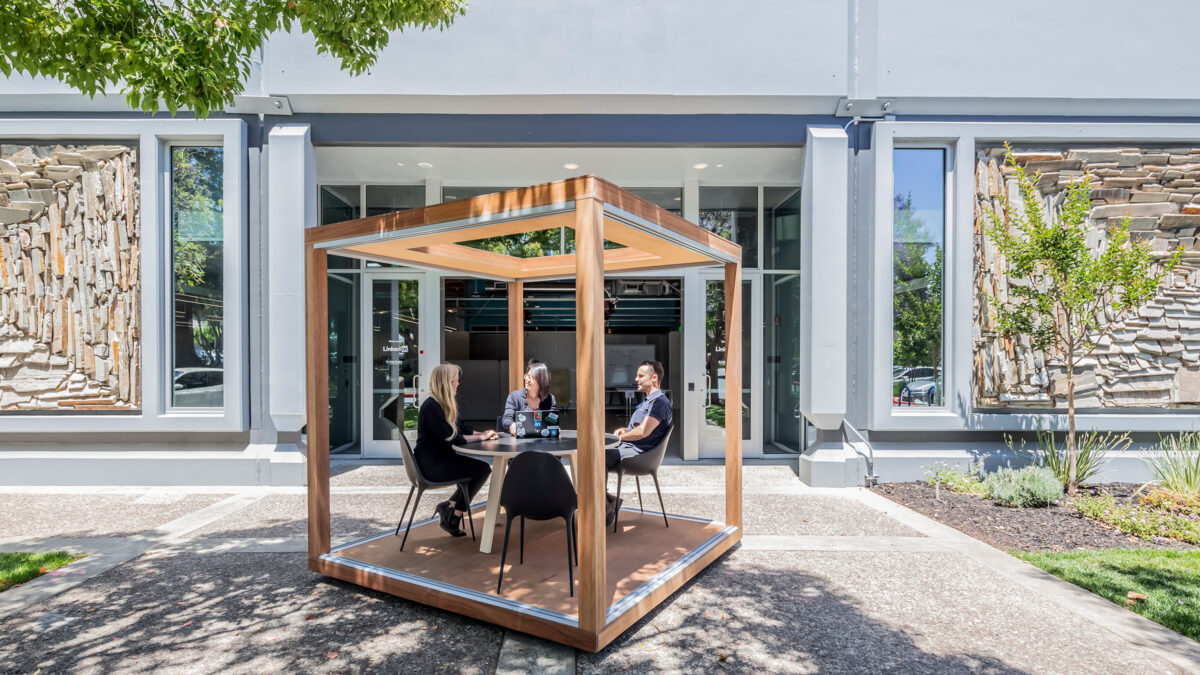
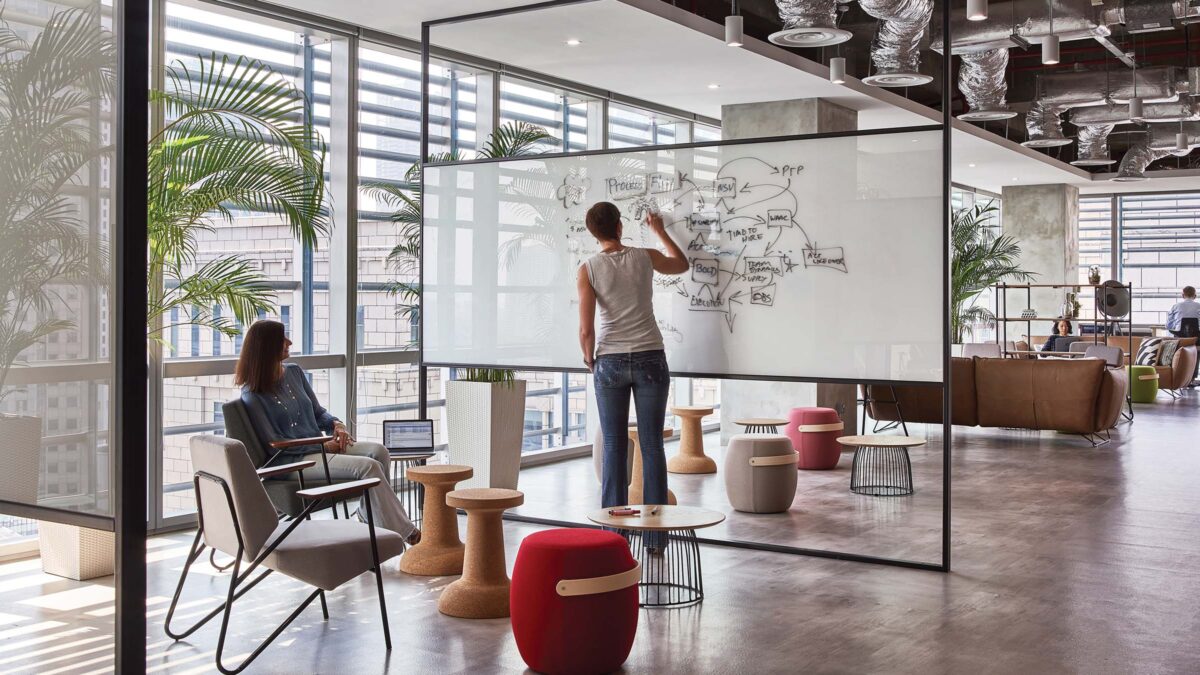
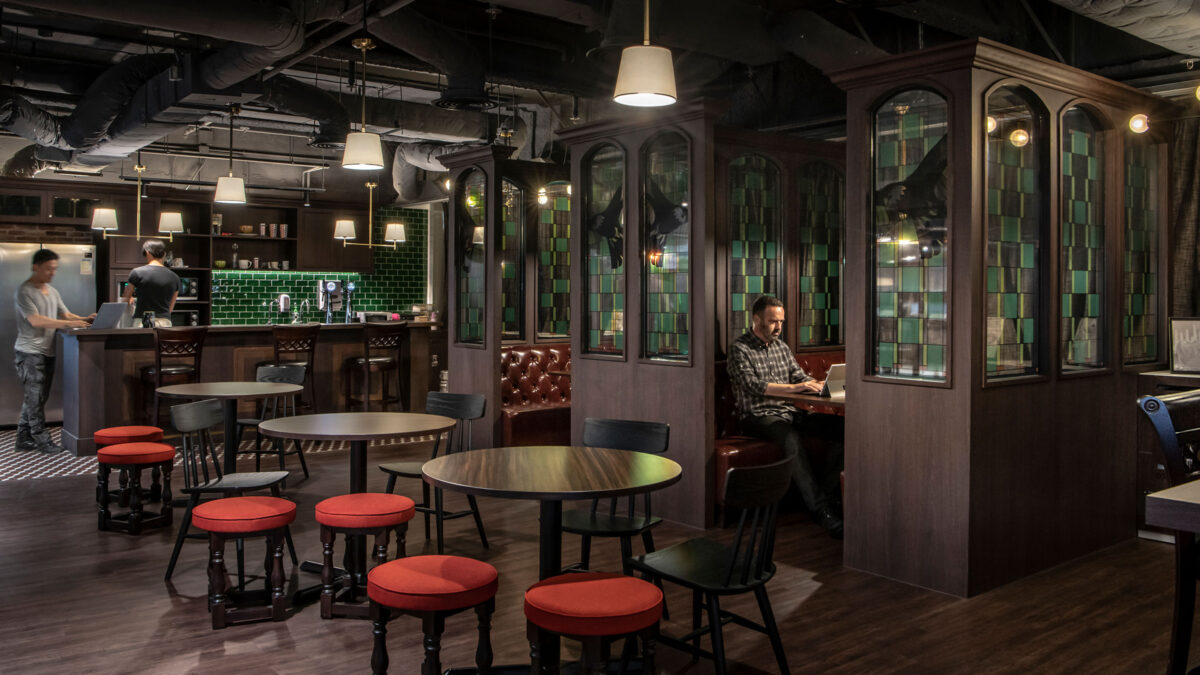
Demystifying the misconceptions surrounding the open plan, transformative workplace environments are most effective when designed acoustically to enable people to move away from social spaces and focus on their own work. The focus stage of workplace design plays an instrumental role in appreciating how people and teams concentrate differently, resulting in an office experience that improves the well-being and productivity of staff.
With technology holding increasing sway over how people work, Trend Micro offers staff at its new Singapore office a digital detoxification in a Japan-themed meeting room that is intentionally devoid of video-conferencing devices of any kind. This creates a conducive environment for focused discussions and enables people to clear their mind of distractions.
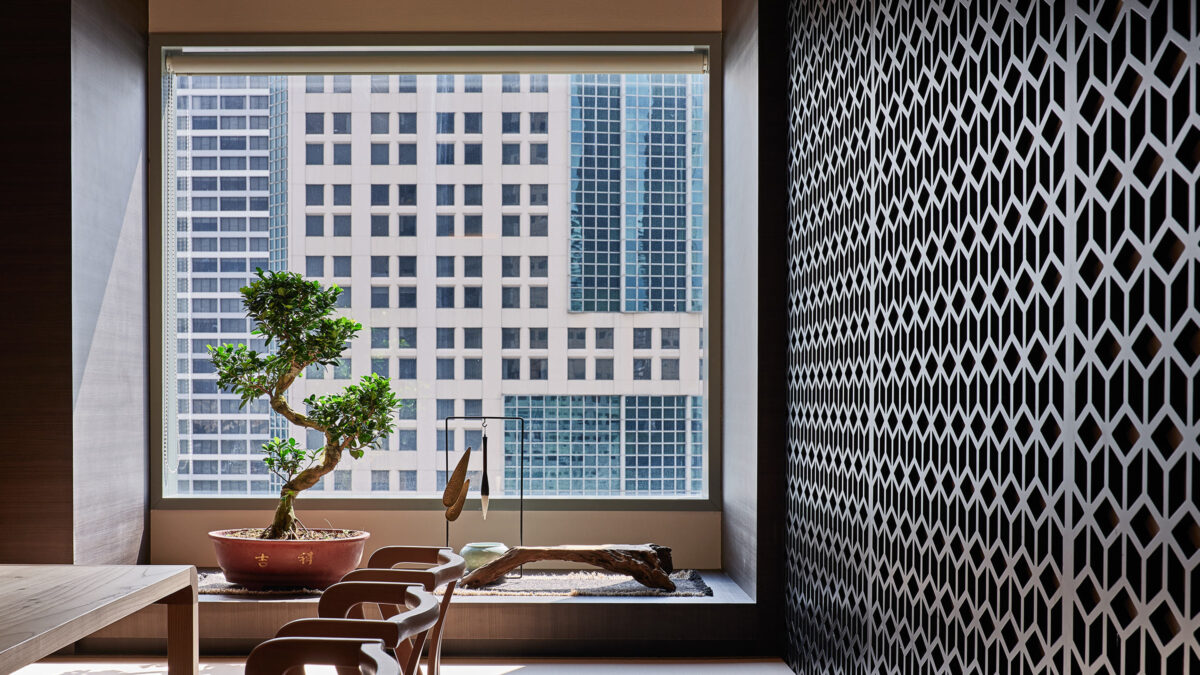
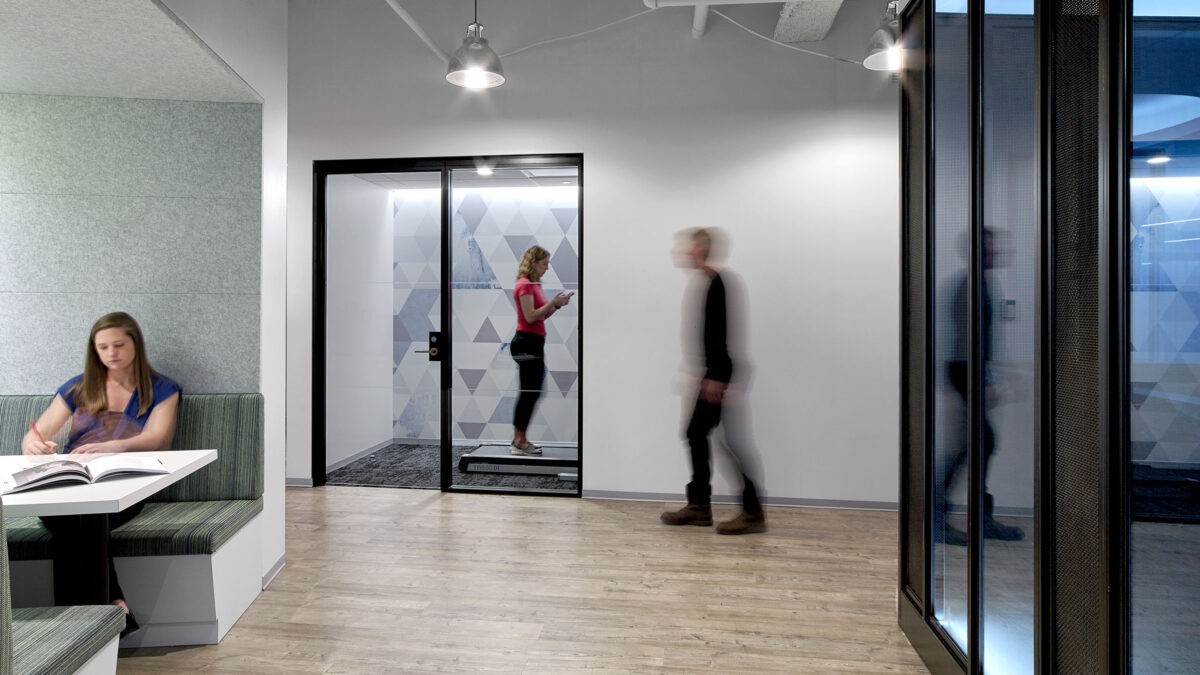
As the workplace continues to evolve and adapt to fast-changing work trends, its transformation becomes all the more impactful when staff are educated on how to use each of the new spaces provided. With this in mind, workplace transformation should be regarded as an ongoing commitment and process to learn from, for both leadership and their organisations.
When designed with the needs of people at its core, the workplace activates memorable experiences for employees and visitors alike.
Director